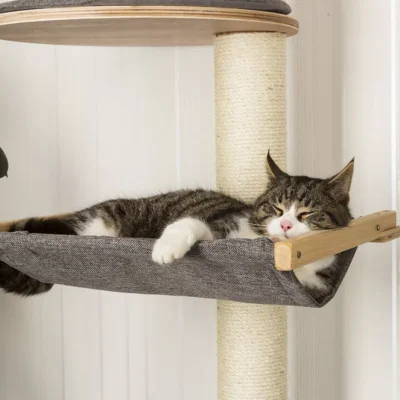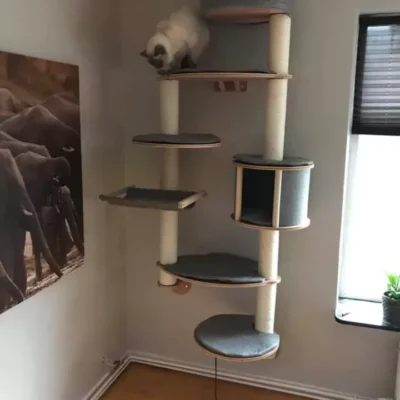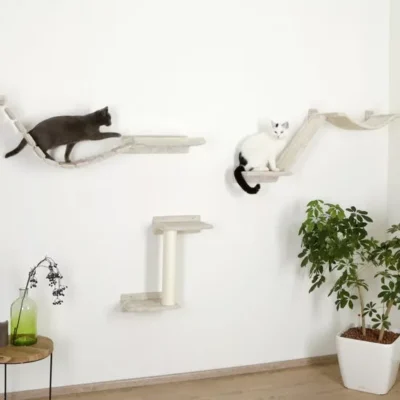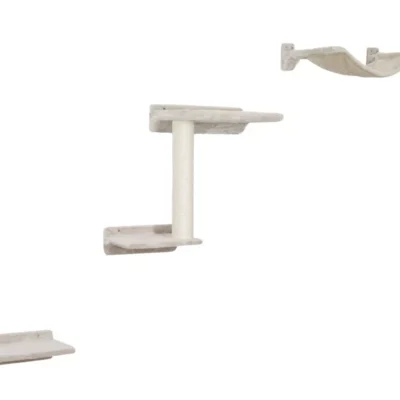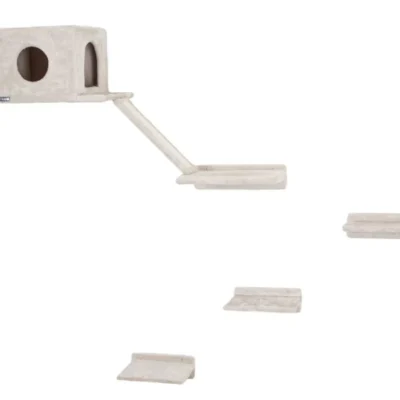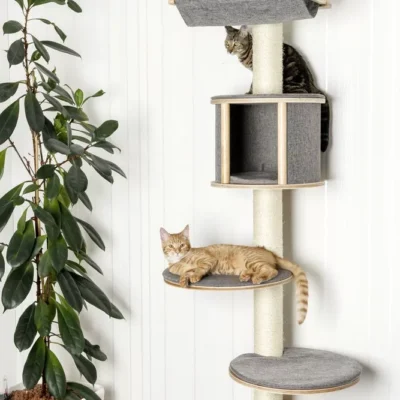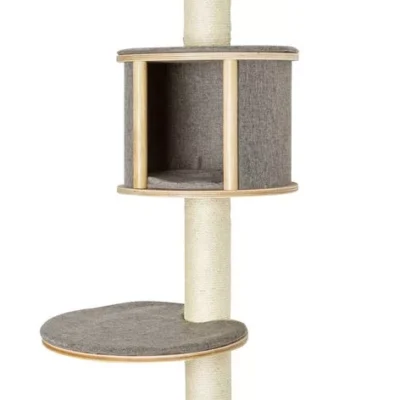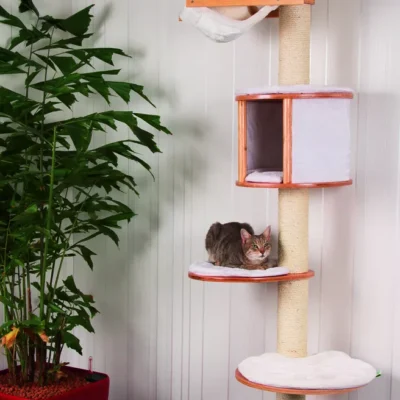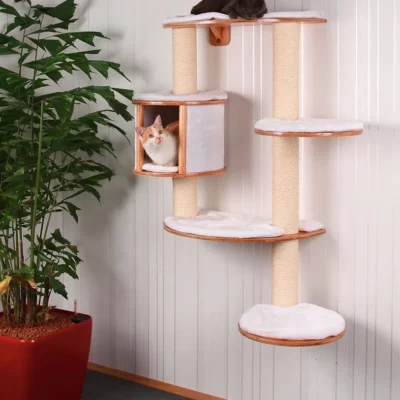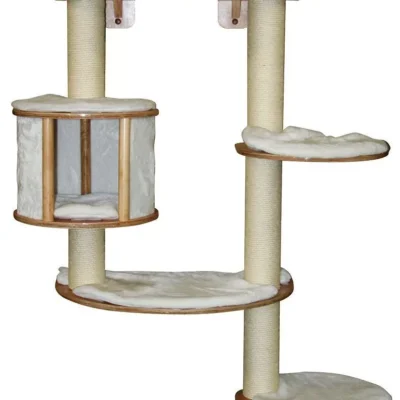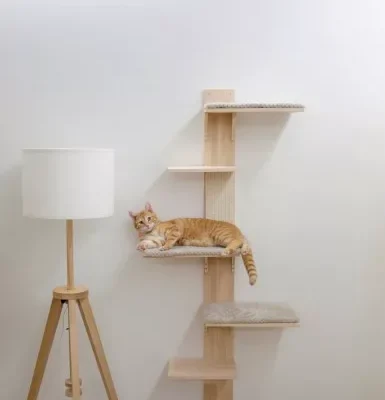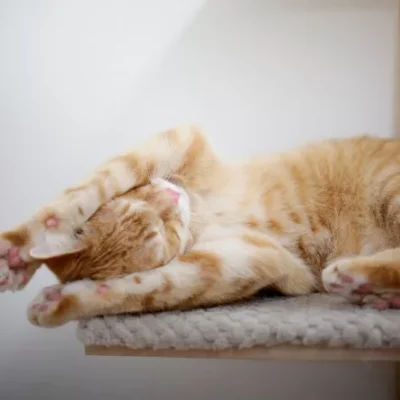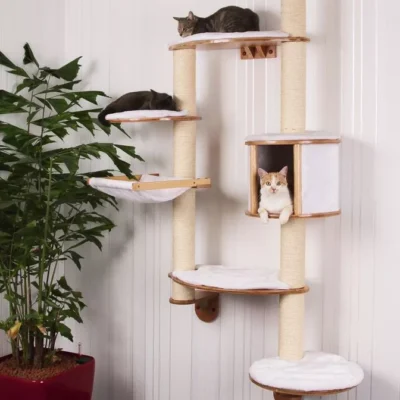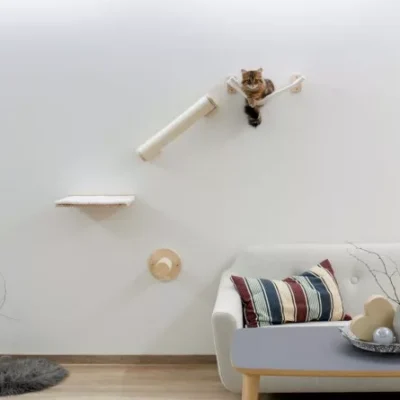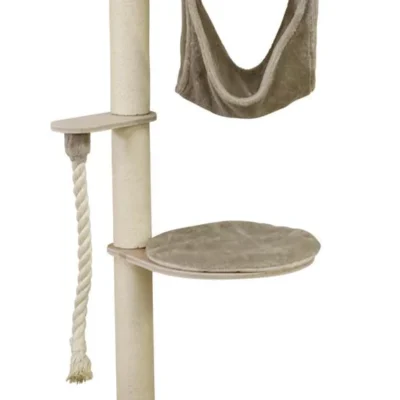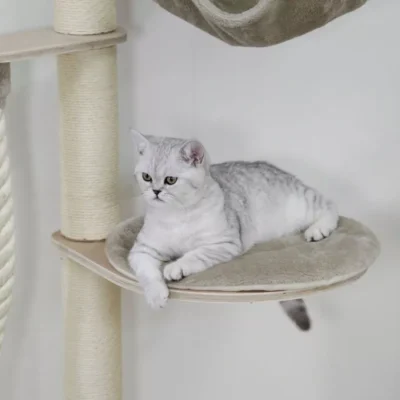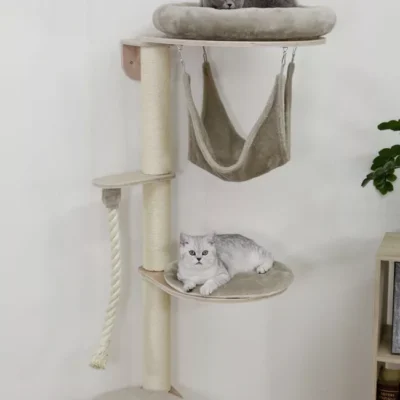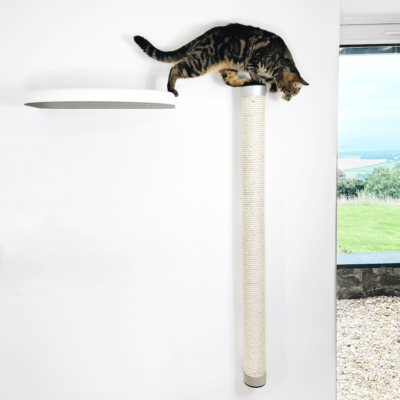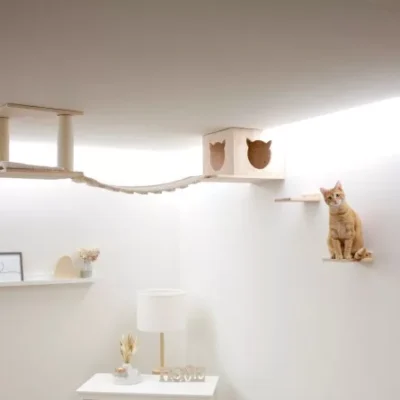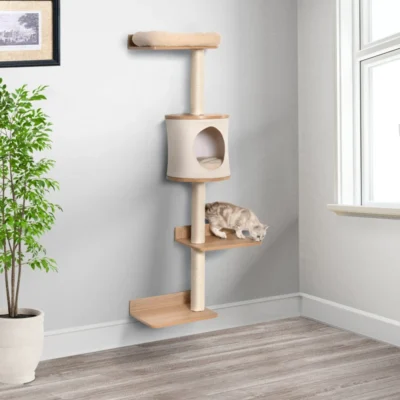0
The fascinating world of cats is often characterized by their remarkable sense of independence, setting them apart from many other domesticated creatures. This distinct attribute is particularly contrasted against the behavior of dogs, who, as pack animals, exhibit a strong dependence on social interaction and approval from their human companions.
In contrast, cats display a more self-reliant nature, often requiring less direct attention. This significant trait of feline independence is not just a mere behavioral aspect; it plays a pivotal role in shaping their interactions and bond with the humans they live with.
In exploring the essence of feline independence, it’s imperative to consider their biological and evolutionary roots. Cats, inherently solitary hunters, carry this trait into their domestic lives. This solitary predisposition is evident in various behaviors they exhibit within the home, often appearing more detached and self-sufficient than other pets. For cat owners, a thorough understanding of this facet of their cat’s personality is essential. It aids in forging a more harmonious and understanding relationship with their feline companions.
When placed side by side with other common household pets, particularly dogs, the independent nature of cats becomes even more pronounced. Dogs typically exhibit a constant need for approval and companionship from their human owners, whereas cats often engage on their terms. This section aims to conduct a comparative study, highlighting these stark differences.
The central objective of this blog is to serve as a comprehensive guide for cat owners, helping them navigate and effectively manage their cat’s independent nature. Recognizing and respecting a cat’s autonomy is not just beneficial but crucial for nurturing a healthy and mutually satisfying pet-owner relationship.
The blog aims to offer valuable insights, practical tips, and strategies for both novice and seasoned cat owners. By doing so, it ensures they can coexist harmoniously with their feline friends, catering to the natural instincts and necessities of these unique and intriguing animals.
Expanded Discussion on Understanding Your Cat’s Needs
Cats, often regarded as pets that require minimal maintenance, possess a wide range of physical and emotional needs that are critical to their well-being. This detailed guide aims to explore these various aspects, particularly focusing on their physical, emotional, and health-related requirements. Understanding and catering to these needs is vital for cat owners, especially when considering periods where the cats may be left alone. By ensuring these needs are met, owners can guarantee their feline friends stay healthy and content in their absence.
A key aspect of a cat’s well-being, especially when they spend time alone, revolves around their physical needs such as food, water, and a safe shelter. The importance of providing consistent access to nutritionally balanced food cannot be overstated. In instances where regular feeding schedules might be disrupted, automatic feeders can be a useful tool. Additionally, it’s important to adjust the food quantity based on the cat’s age, health, and activity level to ensure their dietary needs are met adequately.
Water, being crucial to a cat’s health, requires special attention. Ensuring that cats have access to fresh water at all times is essential, and using water fountains can be an effective way to encourage them to drink more. Furthermore, providing a safe and comfortable environment is vital. This includes having spaces for hiding and resting, particularly in quiet areas of the home, to give cats a sense of security and comfort.
Despite their independent nature, cats require a certain level of emotional engagement and environmental stimulation. The social interaction needs of cats vary widely; some may crave more attention, while others are more aloof. Understanding and respecting these individual social preferences are essential for fostering a healthy relationship with them.
In terms of environmental enrichment, it is important to provide activities that prevent boredom and stress. This can include interactive toys, scratching posts, and ensuring they have access to windows for outdoor views. Such enrichment helps in keeping their minds active and engaged, reducing the likelihood of stress-related behaviors.
When cats are left alone, it is important to consider potential health risks and how their environment is prepared. Stress-related behaviors can manifest in various forms, such as changes in eating habits or over-grooming. Identifying these signs early and implementing strategies to reduce stress, such as maintaining a consistent routine, is crucial.
Additionally, the potential for accidents necessitates cat-proofing the house to prevent injuries. This includes removing hazardous items and ensuring there are safe spaces for the cat to retreat to. Taking these precautions can significantly reduce the risk of accidents and ensure the cat’s safety when they are alone.
In conclusion, understanding and addressing the physical, emotional, and health needs of cats are fundamental for their well-being, especially during times they are left alone. This guide aims to provide cat owners with comprehensive insights into the care required for maintaining a healthy and happy life for their feline companions. By ensuring these needs are met, even in the absence of the owner, one can foster a nurturing and secure environment for their beloved pets.



